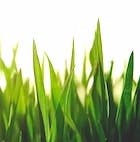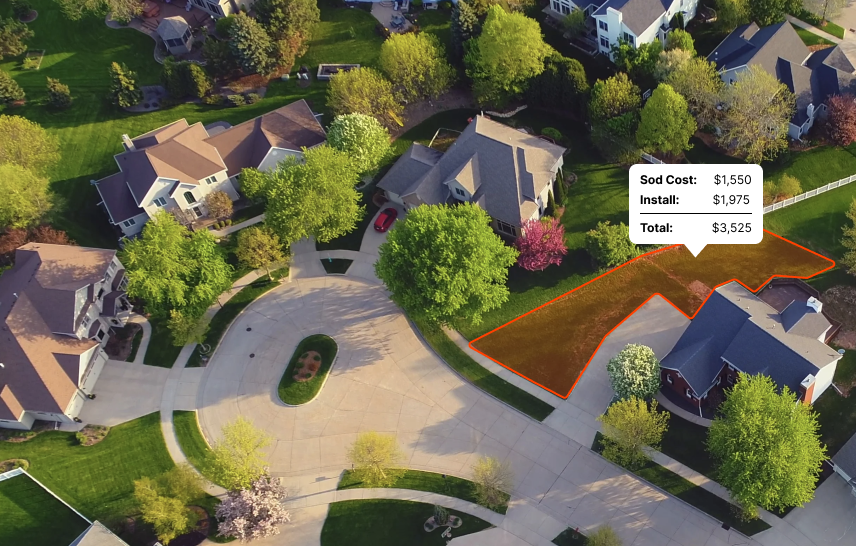Make sure to lay your grass during the warmer months, from late spring to early fall, to give your lawn the best shot at success.”
Introduction
Georgia rolls out a humid subtropical climate, dishing up hot summers and cool winters, influencing the grass varieties that thrive there. It's the warm-season grasses, with their knack for standing up to summer heat and humidity, that steal the show in Georgia.
When you're laying grass in Georgia, aim for the warmer months, roughly from late spring to early fall. This timing gives your grass the best chance to establish strong roots.
Situated squarely in the warm grass zone, Georgia offers a lengthy growing season for grass. This zone is marked by scorching summers and mild winters, creating an ideal home for warm-season grasses.
These champs are custom-built to withstand high temperatures and humidity, making them the top choice for Georgian lawns. In a nutshell, Georgia's hot, humid climate and warm grass zone present a perfect stage for warm-season grasses.
What are the best sod types for GA?
In the world of landscaping, not all grasses are created equal. Each thrives in a specific climate zone: cool, warm, or transition.
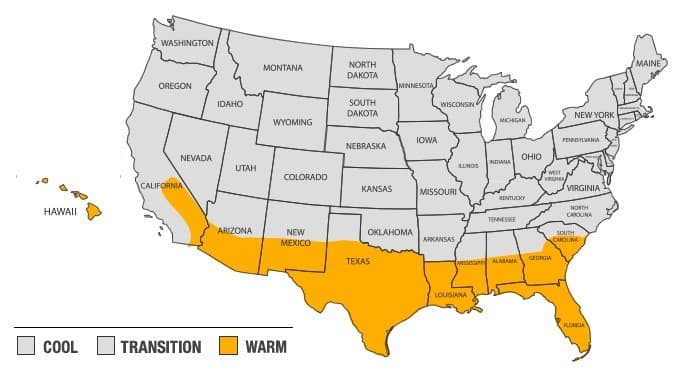
Georgia, with its warm season climate, prefers a particular set of grasses that relish the higher temperatures. The following sods are the easiest to grow and maintain in Georgia:
While it's possible to grow grasses meant for other regions with proper care, attention and timing, these are the most common grasses in Georgia for residential lawns.
Level Up Your Lawn Skills
Once per week we'll send you an interview from someone who has mastered the art of lawn care.
Recommended species for shade
Feeling stumped choosing the right grass for shaded areas in your Georgia lawn? Put the sod shovel down my friend, we've got your back!
Let’s start with Fescue grass. Rated highly for its shade tolerance, Fescue’s ability to retain a captivating green year-round makes it a standout choice. This cool-season variety requires at least 4 hours of filtered sunlight each day - a threshold easily met even in heavily shaded areas. But remember, Fescue is a cool-season grass. It thrives best in temperatures between 50-75°F. Scorching Georgia summers could spell trouble. So make sure it gets plenty of water.
If maintaining Fescue sounds like a lot of work, step right this way for St. Augustine grass. Highly resistant and incredibly low-maintenance, this warm-season grass variety loves the Georgia sun but can wrestle with shade like a champ. On your part, you need to ensure it catches just 3 to 6 hours of dappled sunlight daily and you're all set. Hardy and high-density, St. Augustine grass is undoubtedly a catch for those Georgia lawns that soak up more shade than sunlight.
Our final contender is Zoysia grass. It's ideal for those Georgia homeowners looking for a combo pack of sun and shade tolerant grass. Known for its rich deep green color and dense growth, Zoysia grass only needs between 3 to 6 hours of sunlight in a day. Just ensure to keep an eye on the watering schedule to keep your lawn looking luscious year-round.
Remember, choosing the appropriate grass for your Georgia lawn is a marathon, not a sprint. Prioritize your location, patience, and the exact shade conditions.
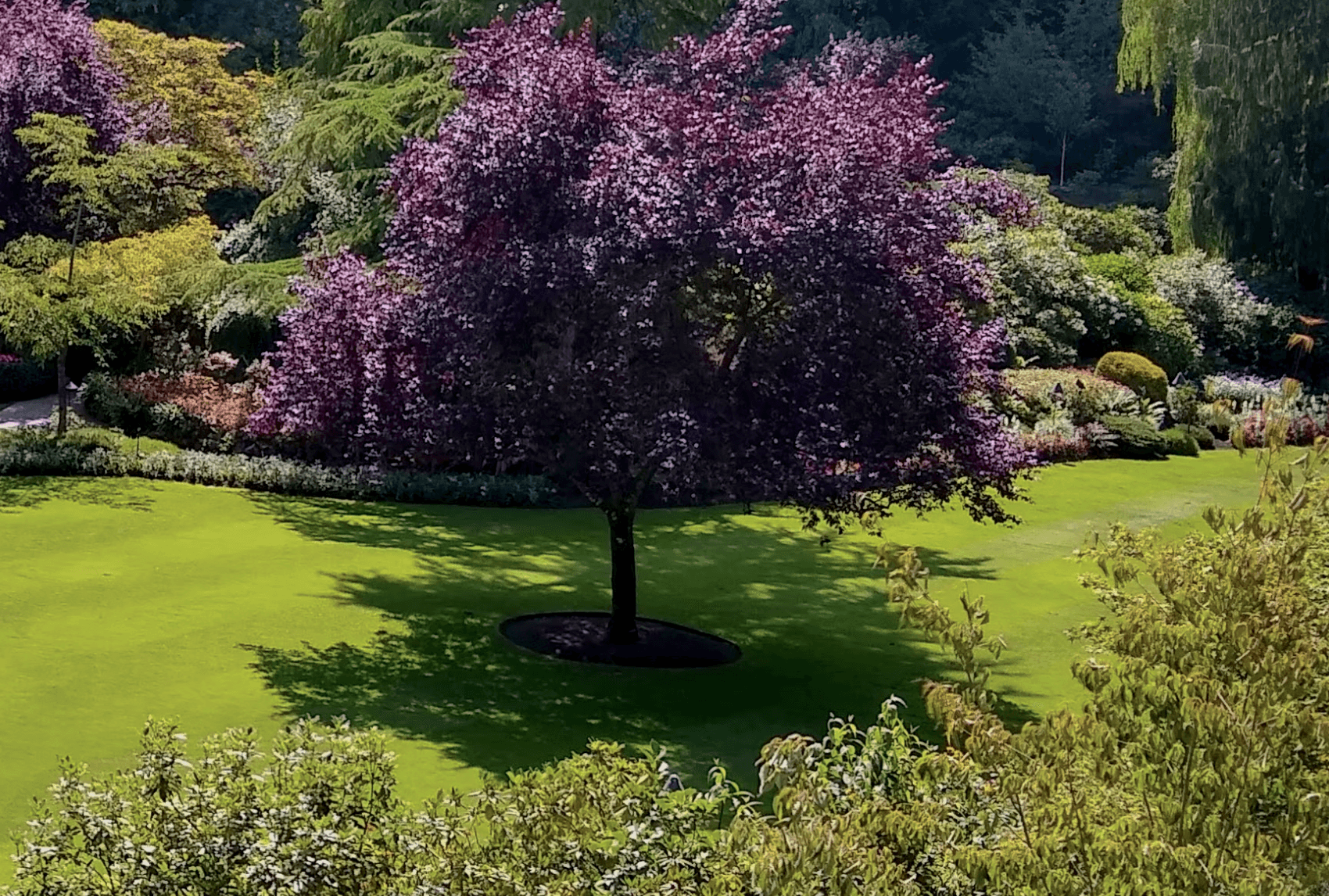
Recommended for full sun or partial sun
Choosing the right sod for your lawn depends heavily on the sunlight exposure in your yard. Different grass types have varying light requirements for optimal growth and appearance. Assessing whether your lawn receives full or partial sun is essential in selecting sod that will flourish and stay healthy in your specific environment.
Below are some sod options recommended for either full sun or partial sun conditions in GA:
| Grass Type | Sun | Good to Know |
|---|---|---|
| Bermuda | Full | Bermuda grass thrives in full sun and is known for its drought tolerance and ability to withstand high temperatures. |
| Zoysia | Full | Zoysia grass prefers full sun but can tolerate some shade. It is known for its dense turf and resistance to pests and diseases. |
| St. Augustine | Partial | St. Augustine grass performs well in partial sun and is valued for its ability to establish quickly and provide a thick, green lawn. |
| Tall Fescue | Partial | Tall Fescue is adaptable to a range of conditions, including partial sun, and is known for its deep root system and tolerance to drought. |
What varieties stay green year-round?
As with anything agriculture related, there is some nuance to this question. There are many grasses that can stay green year round in but it depends heavily on your location within Georgia as well as any microclimates that may exist.
The following grasses have the ability to stay green year round in Georgia:
| Grass Type | Caveats |
|---|---|
| Bermuda | It typically goes dormant and turns brown after a few hard frosts in the fall and stays that way until temperatures consistently hit the 60s in the spring. |
| Zoysia | It can stay green nearly year-round in milder climates without severe winter freezes or overly high summer temperatures. |
| St. Augustine | It can stay green almost year round, but will go dormant and turn brown during cool-season months in colder regions. |
| Tall Fescue | It typically stays green throughout the year in milder climates, given that it isn't overly stressed by heat or drought in the summer. |
What is the best time to lay sod in Georgia?
In a warm-season location, lay sod in late spring or early summer. This timing is ideal as the warmer temperatures and longer days will promote quick root establishment and growth. Avoid laying sod in the cooler months as the grass will likely enter dormancy, slowing down the root establishment process. So, for success, stick to late spring or early summer when it's 75 to 90 degrees out.
As you can see in the image below, you'll notice the most shoot growth (the grass above ground) and root growth during the summer for warm season grasses:
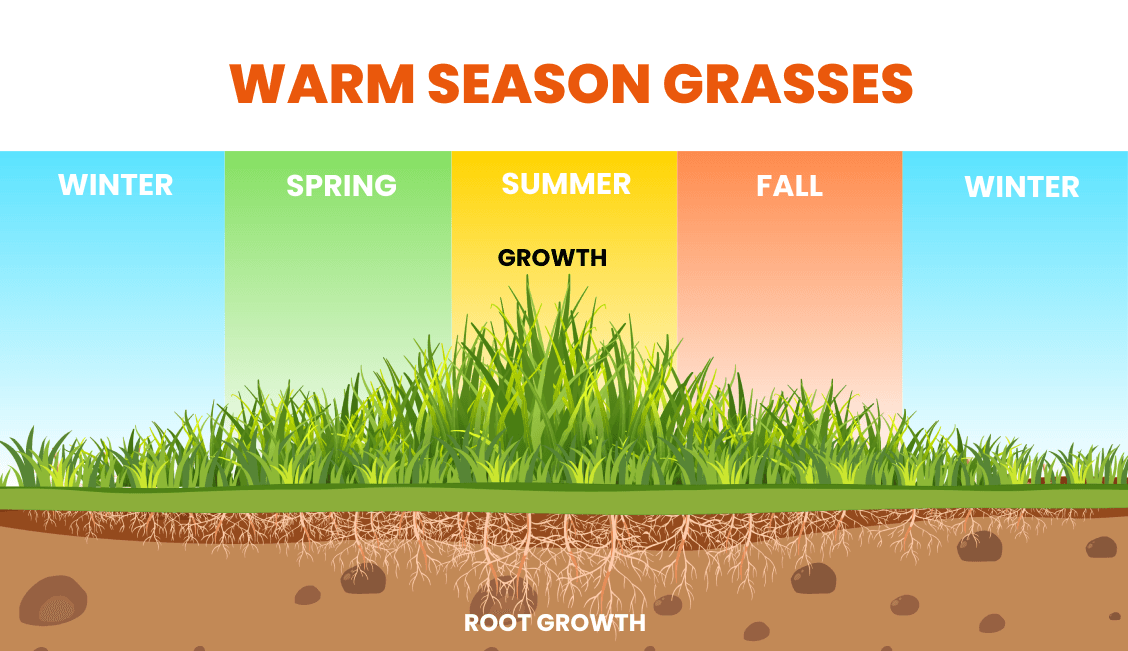
Find reputable companies for installing sod in GA
Here are the top problems you'll face when trying to get sod installed by a landscaping company:
- They're not transparent about pricing. You'll often get a quote that's way higher than you'd expect.
- They're hard to get ahold of on the phone or you'll reach out online but won't hear back.
- It's hard to pin them down for a specific date. Because you can only bring sod from the farm when there's decent weather, this causes some delays at times. It also has a short shelf life, so it's important to get it installed within a day or two of delivery.
We've done all the work for you. Click below to get a quote from one of the top installers in Georgia.
